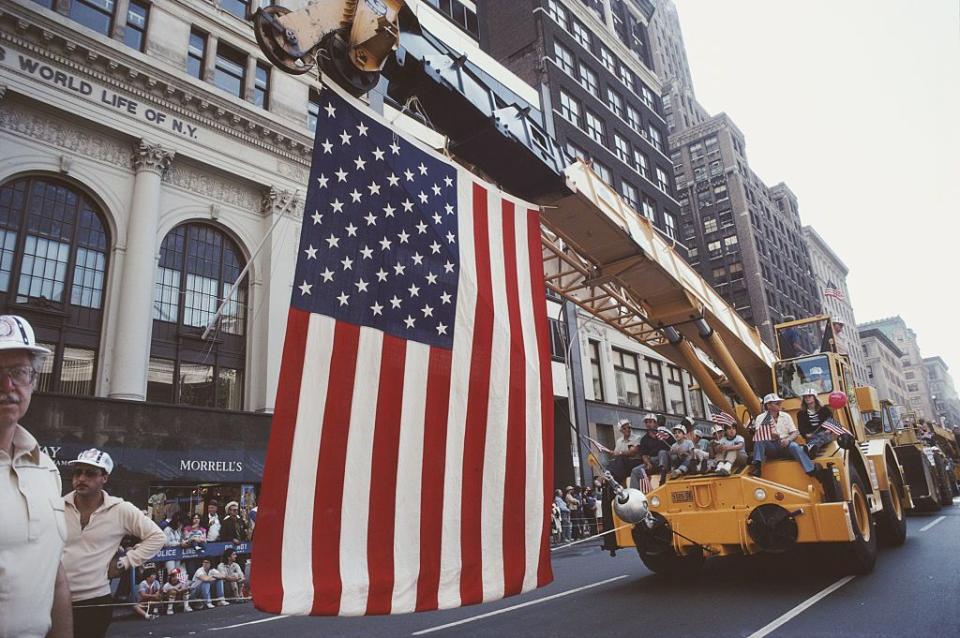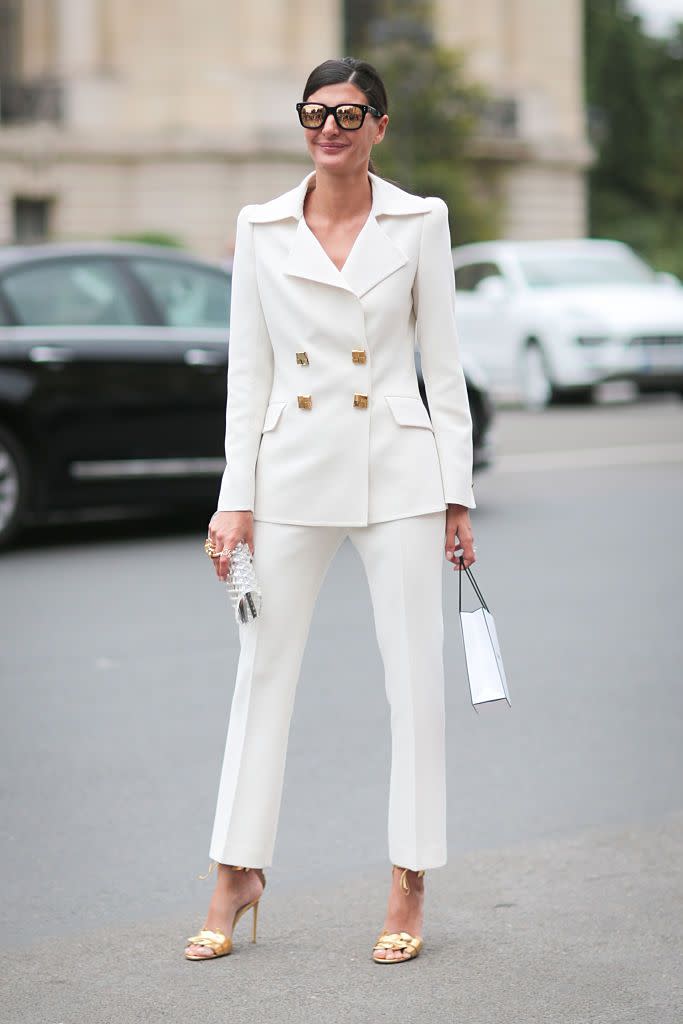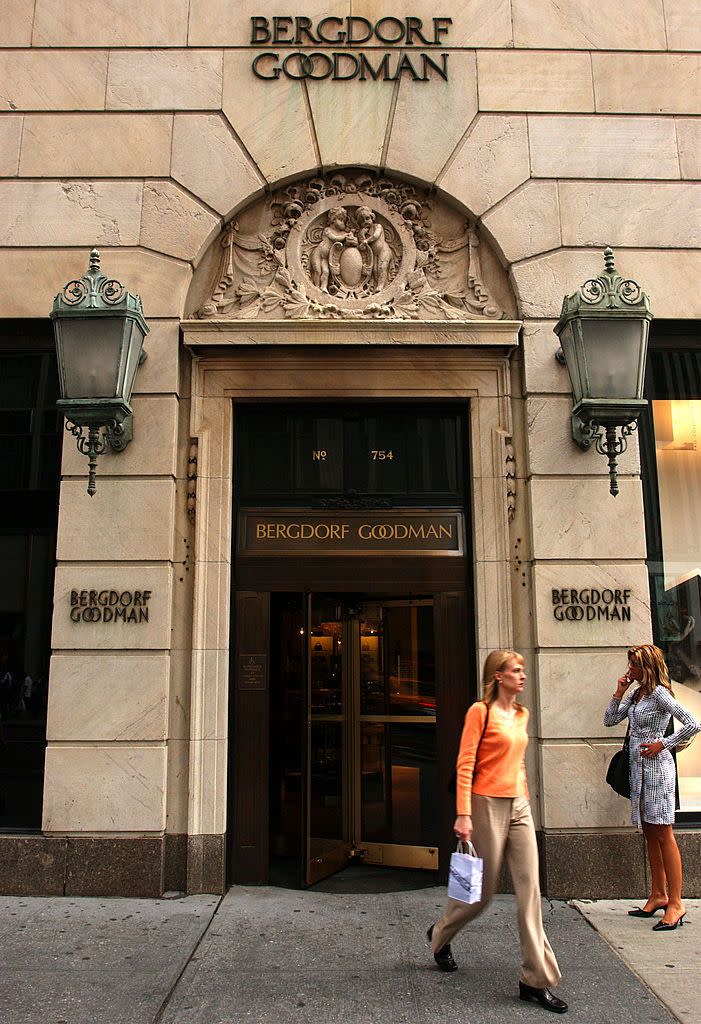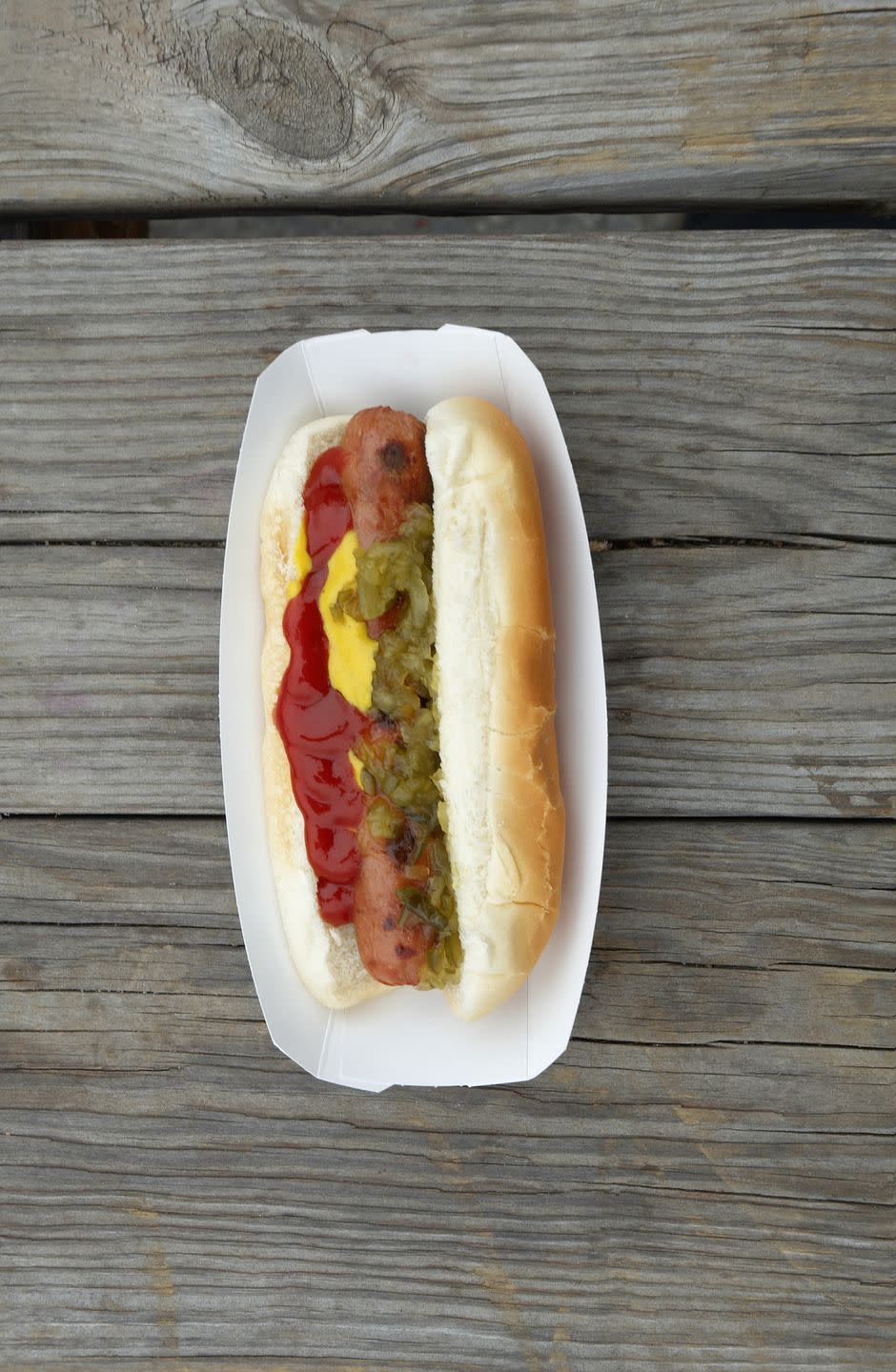This Is the Real Backstory Behind That Whole "No White After Labor Day" Rule
Labor Day is one of the least recognized, forgotten-about-until-around-the-corner holidays of the year—one that we seem to appreciate only after realizing it affords us a three-day weekend come September. Here, seven tidbits you probably never knew about the holiday.
The first Labor Day celebration was September 5, 1882 in New York City.
On that Tuesday, 10,000 citizens marched for labor rights down the streets of Manhattan. During this time the average American worked 12 hours a day, six days a week. It wasn't until the Adamson Act passed on September 3, 1916 that our modern eight-hour work day was established.

The holiday is often confused with "May Day."
Most other countries celebrate International Workers' Day, or “May Day,” instead of Labor Day. The concept is the same, but it is celebrated on May 1 around the globe.
The theory about why we can't wear white after Labor Day is highly debated.
There are three hypotheses about the origins of the "no white after Labor Day" directive. The first theory, disagreed upon by many, is based on class distinction in the early 1900s. Although white clothing was clearly an upper class luxury, after the Civil War it became harder to distinguish women coming from old money or new money. The higher class ladies then made inane fashion rules to weed out those who were "out of place."

The second theory speaks to a more practical approach by pointing out that Memorial Day and Labor Day bracketed the summer season, and therefore lighter, summery, white clothes were no longer needed.
The last theory has to do with popular fashion magazines, who may have begun promoting fall clothing after Labor Day, and the trend was picked up.
Whatever the reason may be, it's safe to say the fashion rule is kaput. Just listen to Michael Kors:
Ignore the old rules. White after Labor Day is glamorous. - xxMK
— Michael Kors (@MichaelKors) September 2, 2013
Labor Day ironically causes some of the longest working hours for retail workers.

Labor Day weekend is notorious for having crazy sales. But unfortunately, this means retail workers (a faction that makes up 6% of the country's employment system) have to work longer hours on a day specially dedicated to labor appreciation. In fact, many other professionals are expected to work on Labor Day as well including correctional officers, police officials, firefighters, nurses, and more.
Labor Day is the official end of hot dog season.
We're serious. It's recorded as such on the National Hot Dog & Sausage Council website.

It is the second most dangerous holiday weekend to drive on U.S. highways.
According to CBS News, there were 308 casualties over Labor Day weekend between 2011 to 2015, following closely behind Memorial Day's 312 casualties. These particular holidays designate the beginning and ending of summer, where excitement is heightened and young people tend to be more reckless on the road.
The holiday also symbolizes other endings and beginnings.
Yes, Labor Day is the “unofficial end of summer” and the end of hot dog season. But it is also the beginning of NFL season—almost every NFL kick off game has started the weekend after Labor Day. Labor Day is the end of white pants but the beginning of black pants… and it's also, unfortunately, the end of three day weekends until November.
You Might Also Like

